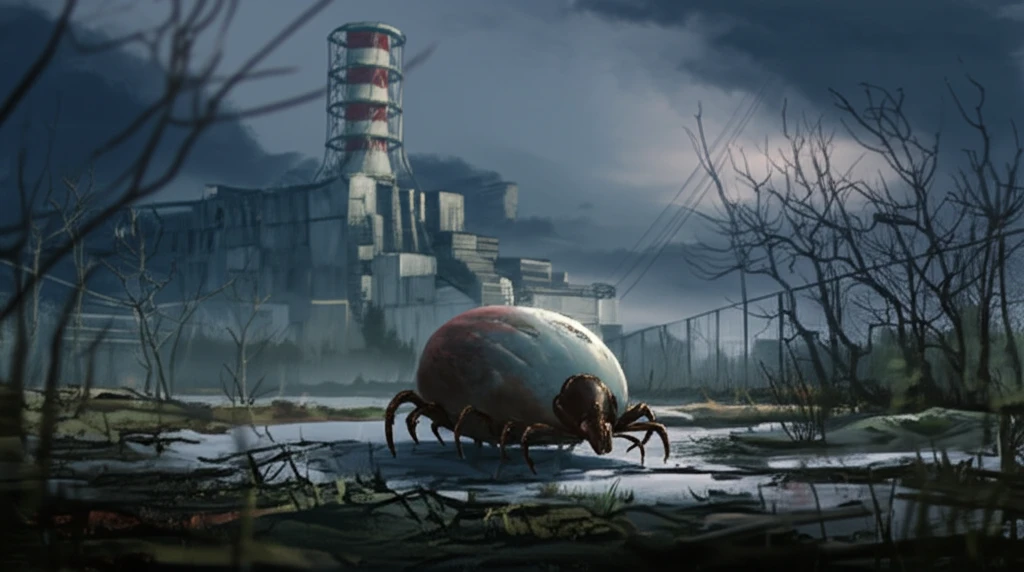
Tick Talk: Unveiling Rickettsia raoultii in Chernobyl's Exclusion Zone
"A new study sheds light on the prevalence of Rickettsia raoultii in Dermacentor reticulatus ticks within the Chernobyl Exclusion Zone, raising questions about zoonotic disease dynamics in unique environments."
The Chernobyl Exclusion Zone (CEZ), a haunting reminder of the 1986 nuclear disaster, has unexpectedly become a focal point for scientific inquiry. While the area is known for its lingering radiation, recent research has turned attention to an often-overlooked aspect: the prevalence of Dermacentor reticulatus ticks and the pathogens they carry. A study highlighted in Emerging Infectious Diseases journal reveals the presence of Rickettsia raoultii in these ticks, stirring concerns about zoonotic diseases and the unique ecological conditions shaping their transmission.
Rickettsia raoultii is a bacterium known to cause tick-borne lymphadenopathy (TIBOLA) and scalp eschar and neck lymphadenopathy after tick bite (SENLAT), conditions characterized by flu-like symptoms and skin lesions. Typically associated with Dermacentor species in Asia and Europe, its discovery in the CEZ raises intriguing questions about how altered environments influence pathogen prevalence and distribution. This finding underscores the importance of continued monitoring and research in areas impacted by significant environmental changes.
This article aims to break down the key findings of this study, exploring the implications for both public and animal health. We will delve into the specifics of the research, discuss the possible reasons for the heightened prevalence of R. raoultii in the CEZ, and consider the broader context of tick-borne diseases in a world increasingly affected by environmental disruption.
Rickettsia raoultii: What Is It, and Why Does It Matter?

Rickettsia raoultii is a bacterium belonging to the spotted fever group of Rickettsia. These bacteria are transmitted through tick bites and can cause a range of symptoms in humans. Understanding the specifics of R. raoultii and its transmission is crucial for assessing the risks associated with its presence in the Chernobyl Exclusion Zone.
- Fever
- Headache
- Fatigue
- Skin rash or eschar (a dark, scab-like crust at the site of the tick bite)
- Swollen lymph nodes, particularly in the neck or scalp area
The Bigger Picture: Environmental Change and Disease
The discovery of R. raoultii in ticks from the Chernobyl Exclusion Zone is more than just an isolated finding. It serves as a case study for understanding how environmental changes, whether from nuclear disasters or other disruptions, can influence the prevalence and spread of disease. By continuing to monitor and research these unique environments, scientists can gain valuable insights into the complex interplay between ecology, pathogens, and public health. Further studies are needed to assess the infection rates in wild mammals and determine if they act as a source of infection for ticks, as well as to evaluate the potential effects of radiation on pathogen levels and tick morphology.
